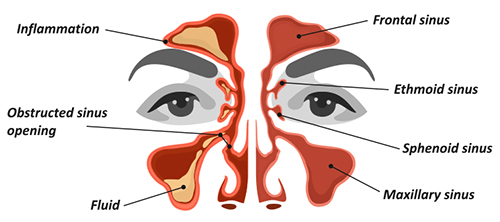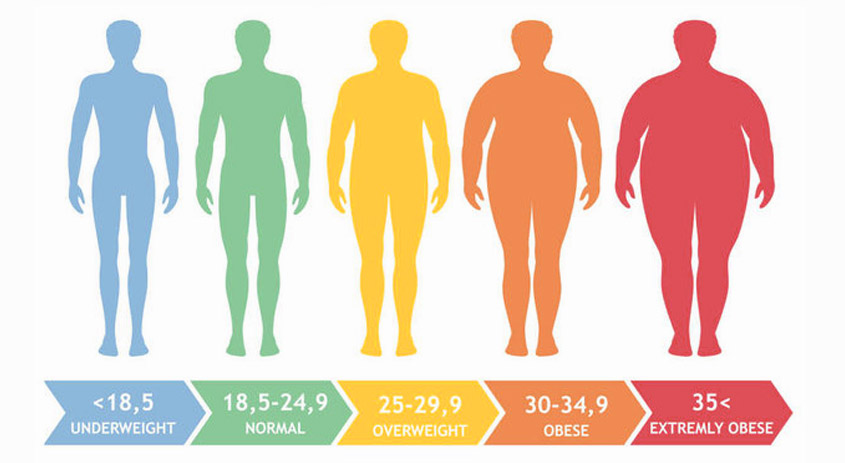Allergic Sinusitis
What is Sinus?
The Sinuses nasal openings have air spaces in the skull. It is present behind the nasal bones, cheeks, eyes, and forehead. Allergic Sinusitis is four types which include:
- Sphenoid sinusesA compound found behind the eyes and in the upper nose ethmoids. If the person has pain in the eyes back then it is linked to the tip, scalp back, and over mastoid process.
- Frontal sinusesFrontal sinuses occur in the eyebrows. This problem results in inflammation which can lead to symptoms like headache, forehead pain, and pain over the eye.
- Ethmoid sinusesEthmoid sinuses are posterior and anterior. Their occurrence is between the eyes and behind the nose bridge. The symptoms can result in pain in the upper nose, eye, sides, and many other parts.
- Maxillary sinusesMaxillary sinuses can result in pain in each cheekbone.
Definition of sinusitis
Nasal congestion problem is getting common which occurs due to nasal passage obstruction. It is also known as nasal congestion or nasal filling. When the nasal membrane gets swollen due to blood vessel inflammation the nasal filling can occur.
What are the conditions which result in sinus blockage?
- Nasal polyps (Small growth in the nasal mucosa)
- Allergic rhinitis
- Nose swelling like the common cold
- Blocked drainage channels
- Sour and bitter burping (Tikta-Amla Udgaar)
- Structural differences are going to increase the channels
- The curved septum affects the nasal cavity
What are the types of sinusitis?
- Acute sinusitis starts with a common cold like a stuffy nose, runny nose, and facial pain. The problems can start anytime and its symptoms affect the person for 2 to 4 weeks.
- Subacute sinus inflammation lasts for around 4 to 12 weeks.
- Chronic inflammation can be there for around 12 weeks.
- Recurrent sinusitis can occur multiple times in one year.
Treatment of sinusitis with Ayurveda
Diet
- Prepare your food by adding pepper, ginger, and turmeric.
- Avoid Kapha Kara aharas ( Sheeta, chickpeas, Snaha, and kled ayukta) which include food items like ice cream, milk, banana, cottage cheese, Chinese, oily, fried, and junk foods.
- Avoid food consumption at night.
- Avoid water consumption in excess, and it is better to drink lukewarm water.
Lifestyle
- Do not apply head bath and oil application.
- Do not sit in front of the air conditioner, fan, or sitting near the window while traveling.
- Do not sleep during the day.
- Steam inhalation at least 2 times a day.
Ayurvedic treatment approach
Kaphaya shirashool chikitsa.
“Srotoshodhana”.
For the treatment of acute sinusitis, Nasya and Kaha will help the vilana with specs like the Naja Guddrak. In the severe stage, Nasya needs to be avoided as it will make the entire situation worse.
In the chronic stage, the liner and ruksha stages are the Kapha, as the treatment aims to address the Judge and Snejana through Kapha Villana.
What are the treatment options?
- Mukhahiang: Karpoora
- Vapor inhalation (Camphor and hot water with eucalyptus oil a few drops)


